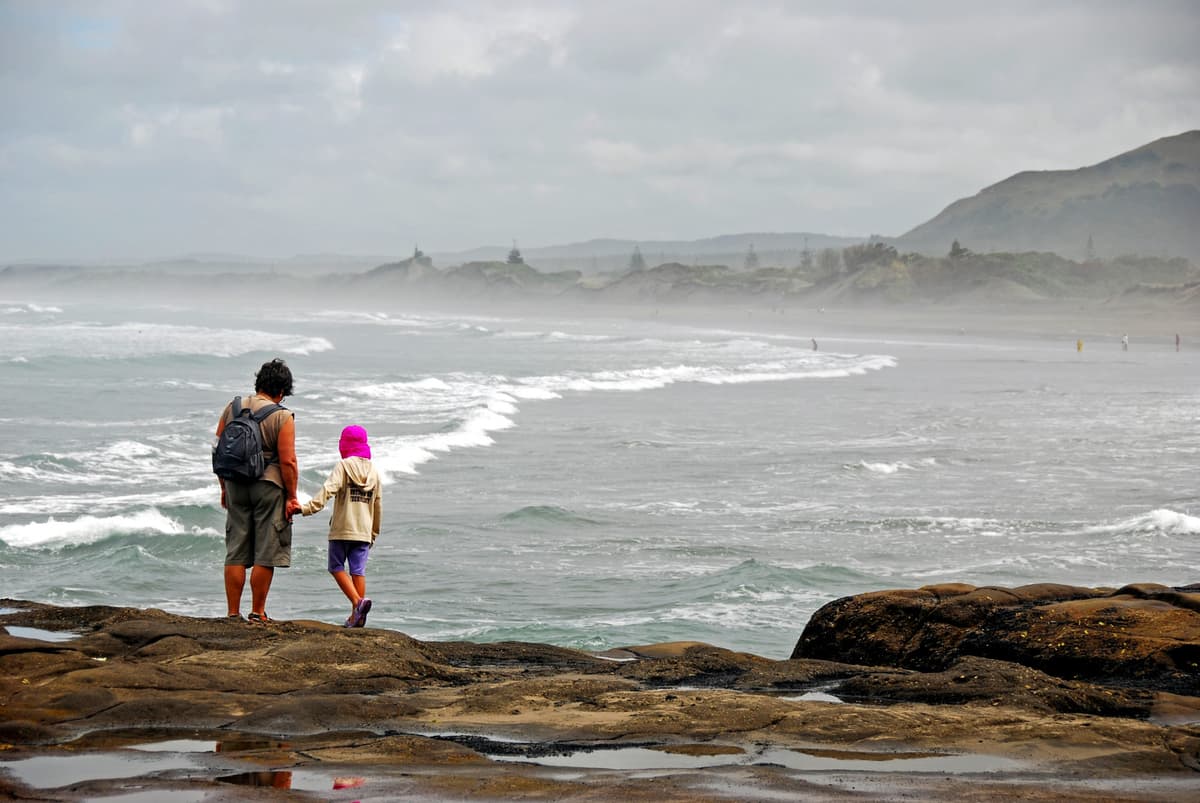

Posted on Monday 15 May 2023
Globally, marine protected areas (MPAs) are used as a marine conservation tool, with many studies demonstrating that the fish biomass from within the MPA can “spillover” into the surrounding non-MPA area.
When an MPA is implemented, fish size and fish biomass have been shown to increase inside the borders of the MPAs. However, the effects of marine protection on fishing activity and total catch outside MPAs are less well understood.
New research from Sustainable Seas National Science Challenge shows that when offshore MPAs are implemented, the behaviour of fishers changes. Fishing activity in the area surrounding newly established MPAs increases sharply in areas that had not previously been a focus for fishers.
Using data from the Ministry of Primary Industries (MPI), the research tracked trawl data for commercial fishing vessels from 1990 – 2014 at five MPAs in Aotearoa New Zealand’s Economic Exclusion Zone (EEZ).
The data sets looked at the start and end co-ordinates of each fishing event to create polygons of trawl width. This shows the outcome of catch per km2 trawled.
“This is some of the first research that examines what happens to fishing effort just outside offshore MPAs when a protected area is implemented in Aotearoa New Zealand,” explains lead researcher, Tai Lohrer.
Interestingly, the data reveals, as soon as the MPA is established, total catch increases. But then the activity decreases over time, possibly because returns are not as high as expected.
“The sharp increase in total catch and a mirror with a jump in fishing activity after MPA establishment suggests this is due to fisher behaviour because if it were due to spillover we would expect this to occur gradually over time,” says Tai.
In order to identify these trends, the research has taken into account 20 years of data. What can be concluded is that the implementation and monitoring of offshore MPAs needs to be carefully considered.
As a result of the research, future work on these important findings is required to understand drivers and ramifications of changes in fishing behaviour around MPA designation.
Kylie Bailey
+64 (0) 288 082 383
kylie.bailey@goodsense.co.nz
This research is part of the Communicating risk and uncertainty project under the Sustainable Seas National Science Challenge. It is led by The University of Auckland and is co-developed with The University of Waikato.
Implemented under the Marine Reserves Act of 1971, Marine Reserves yield the strongest protections and have the specific focus of preserving marine life in order to conduct scientific study on pristine ecosystems. Marine Reserves are designated no-take zones where commercial or recreational fishing activity, seabed mining, and the collecting of materials is strictly prohibited. New Zealand’s 44 reserves range in size from 0.17 to 7480 km2 and border various coastal marine habitats which protect inshore reefs and offshore islands.
However, New Zealand has various lesser forms of protection, including benthic protected areas (BPAs) and Sea Mount closures, which together with Marine Reserves are collectively known as Marine Protected Areas (MPAs). Covering 1.1 million km2, BPAs protect roughly 30% of New Zealand’s EEZ (Helson et al., 2010). BPAs are closed to bottom trawling and dredging but still allow for other methods of fishing, hence they do not impose as strict regulation as Marine Reserves. The focus of BPAs is to preserve a wide range of pristine marine ecosystems, and therefore most of them are in areas that have not been extensively fished.
The vision of Sustainable Seas is for Aotearoa New Zealand to have healthy marine ecosystems that provide value for all New Zealanders. It brings together around 250 ecologists, biophysical scientists, social scientists, economists, and experts in mātauranga Māori and policy from across Aotearoa New Zealand. It is funded by MBIE and hosted by NIWA.
Sustainable Seas is one of 11 National Science Challenges. These align and focus Aotearoa New Zealand's research on large and complex issues, bringing together scientists and experts from different organisations and across disciplines to achieve a common goal.
